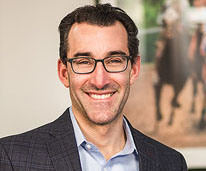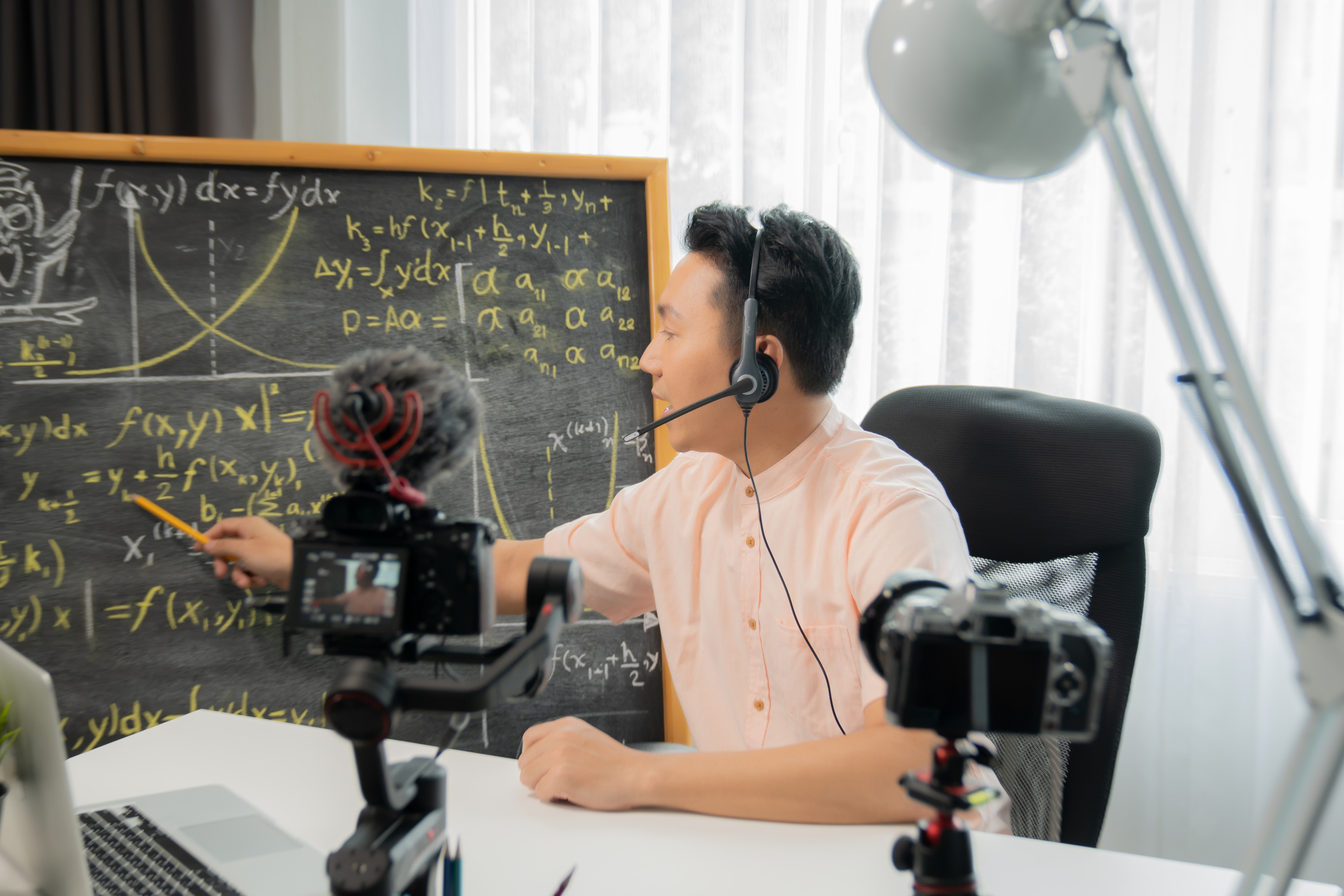The absence of a COVID-19 vaccine or other universal treatment led countless universities and school districts worldwide to adopt either fully remote or blended learning programs this fall semester, and for some, re-evaluate previously made plans to meet in-person due to recent outbreaks on campus. It is clear the experiences surrounding the emergency remote learning that took place in the spring have left many people mistaking what true, purposeful online learning looks like.

Unfortunately, so much about online learning has been shrouded in controversy, mired in politics and driven by generations of thinking around what education should look like based on the traditional in-classroom model. This, compounded with what thousands of students experienced in the spring, has left many learning institutions, parents and students alike frustrated, viewing “online learning” (in a broad, often misinterpreted sense) as something of a last resort, even amid the pandemic.
While we can clear up misconceptions about what true online learning entails, and showcase its effectiveness, the in-person versus online learning debate is still missing the point.
Students miss opportunities for enriched and flexible learning opportunities when they are confined to a binary learning modality. I envision a future where we retire the idea of online vs. classroom learning, replacing these dueling models with a unified format that prioritizes outcomes. Instead of approaching education from a “this or that” approach, we’d serve students much better with a “this and that” approach. This allows the format of the time spent with professors—providing the cognitive nourishment for knowledge to blossom—to become secondary and offers the benefit of meeting the needs of a more diverse mix of students.
[click_to_tweet tweet=”‘Instead of approaching education from a ‘this or that’ approach, we’d serve students much better with a ‘this AND that’ approach.’ —Todd Zipper, president, @WileyEdServices” quote=”Instead of approaching education from a “this or that” approach, we’d serve students much better with a “this AND that” approach. ” theme=”style2″]
Even before COVID-19, in-person learning was being challenged by innovation. We know that flexibility is key to meaningfully and effectively engage students, particularly those whose schedules do not always allow them to attend class during the day, or during the week, maybe due to internships or a full-time job. By offering flexibility to the learning modality, students are able to advance through a curriculum during times that are more convenient for them, further explore areas of interest, or spend more time on a subject that they find challenging.
Rather than turning to online learning as a contingency plan, administrators should explore ways to implement purposeful, effective and permanent online learning elements that will not only benefit their students now, as we continue to forge a path forward, but beyond the pandemic as well.
For example, lecture courses do not have to happen in on-campus lecture halls. They can be converted to an engaging, online version through interactives with text, or video and self-assessments. This frees up time to be used for more discussion-based learning and synthesis activities, allowing for increased flexibility for busy students while still optimizing the ‘live’ experiences they have with faculty.
Many learners find their most enriching development experiences outside the classroom, from group work with classmates, internships, work study and mentorships—all of which are possible to carry out in-person or online. By incorporating more of these activities as part of the overall learner experience, universities can find more seamless ways to integrate hybrid experiences for students that not only provide value but also fit into their busy lives.
Finally, no matter which hybrid approach schools take to learning, they need to work with businesses to align curriculum to in-demand job skills. It doesn’t matter how perfectly designed a course or program is if it doesn’t provide outcomes that ultimately enable employment opportunities.
As blended learning and digital education become a part of the new normal, we must embrace programs that offer choice, while considering more than the traditional dogmas of what defines exemplary instruction and student success. It’s time we put the learner back at the center of the education debate, rather than squabble over modality. Taking advantage of the incredible advancements in online learning technology made over the last 30 years, we should be debating how to fundamentally reimagine education that prioritizes accessibility, flexibility, outcomes and, ultimately, employment for learners.
Todd Zipper is president of Wiley Education Services. The organization is an academic program manager offering services and solutions allowing partners to thrive in a competitive higher education landscape. Todd served as president and CEO of The Learning House, Inc. prior to Wiley acquiring the company in November 2018.


